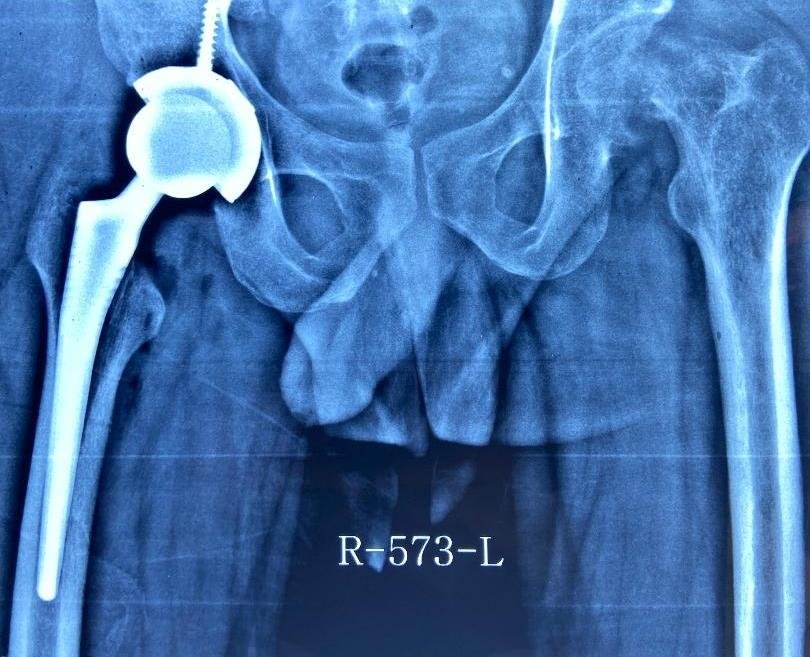Spondyloarthropathies cause arthritis at the points where your bones connect to soft tissues like ligaments and tendons connect to bones and muscles.
The first and predominant symptom of spondyloarthritis is pain in the lower back and hips, especially in the morning and after periods of inactivity.
Most common form of spondyloarthritis is Ankylosing spondylitis which commonly affects spine and hip joints. Sometimes Psoriatic arthritis develops in the joints of fingers along with the back and pelvis. Reactive arthritis often develops after an infection in the urinary tract or digestive system which tends to attack joints in the lower limbs esp. Knee.
Men are more commonly affected then woman. The symptoms can start showing up as early as your late teens. Many of these diseases are inherited in the family.
Back pain is the most common symptoms followed by hip pain. One may become disabled in young age with inability to walk. It can make you feel fatigued or lose your appetite. In severe cases, your spine can become stiff. It also could damage the vertebrae or cause two or more of the bones to grow together. Sometimes in advanced disease, breathing can be restricted due to rib cage stiffness.
Symptoms and signs are mostly related to pain. In advanced diseases of hips, one may find it difficult to weight bear. One may have to undergo an X-ray or another type of imaging test to look at the joints in the pelvis (lower belly), which can show early signs of spondyloarthritis. Blood tests like HLA-B27 or RA factor can allow the doctor to understand the disease.
Hip involvement usually comes on gradually, and although the pain often is felt in the groin area, it can sometimes be felt in other areas of the body, such as the knees or the front of the thigh. When this happens, it is called “referred pain,” which can be very misleading to both a doctor and affected person. Hip involvement typically is more common in younger people when symptoms first begin. It often carries with it a more severe prognosis or course of disease.
Foods to avoid in spondyloarthropathy are red meat and dairy products. They’re our main sources of saturated fats, which can cause inflammation in fat tissue. Take tomatoes, for example. They have lycopene and vitamin C that help curb inflammation. Capsaicin from chili peppers, red peppers, and cayenne pepper are beneficial along with garlic and ginger. Look for lean protein. Beans, fish, tofu, and skinless chicken are also good options. Limit the booze to no more than one drink a day if you’re a woman or two if you’re a man. Olive oil is a “good” fat. Nuts, avocados, and olives are other “good” fats you can enjoy in moderation.

26 year old male with severe Seronegative Spondyloarthropathy of both hips
There is no cure for the disease. But there are many things you can do to prevent or reduce hip pain and stiffness. Depending on the type of spondyloarthropathy one may be benefited by physical exercises. Physical therapy can help keep your joints flexible. Try heat and cold therapy. One needs to loose weight if overweight. Keeping active can really help you manage your condition. Pilates, yoga and t’ai chi may be useful in helping with posture, strength and flexibility. Swimming is one of the best forms of exercise.
One may need to have regular consultation with an eye doctor. For quick but temporary pain relief, you might get a shot of corticosteroids in the affected joints. On many occasio
ns, disease-modifying antirheumatic drugs (DMARDs), might be prescribed to help treat arthritis in the arms and legs. Biological therapies are newer treatments that can be very effective for some people e.g. TNF inhibitors. Doctors can inject TNF inhibitors that block a chemical in the blood which causes inflammation.

Same Patient Underwent Uncemented Total Hip Replacement surgery
In more advance disease, joint replacement e.g. Hip or knee replacement surgery is highly recommended for better functioning of joints. These improve the quality of life in young or older people by improving mobility.
